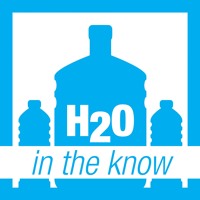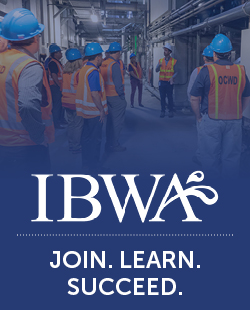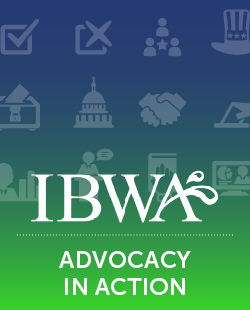What is BPA?
What is BPA?
What is BPA and is it Harmful?
Bisphenol-A (BPA) is a chemical building block used primarily to make polycarbonate plastic and epoxy resins. BPA is safe. Polycarbonate plastic has been the material of choice for food and beverage product containers for nearly 50 years because it is lightweight, highly shatter-resistant, and transparent. It is widely used in various food containers and many other everyday items, such as eyeglasses and compact discs. Many bottled water companies use polycarbonate plastic for their 3- and 5-gallon water cooler bottles.
- Many international studies have been conducted to assess the potential for trace levels of BPA to migrate from lined cans or polycarbonate bottles into foods or beverages. The conclusions from those studies and comprehensive safety evaluations by government bodies worldwide are that polycarbonate bottles are safe for consumer use. Regulatory agencies in several countries have also ruled favorably on the safety of BPA, including the U.S. Food and Drug Administration (FDA), European Food Safety Authority (EFSA), Swiss Federal Office of Public Health, French Food Safety Authority, Health Canada (the FDA equivalent in Canada,) Food Standards Australia New Zealand (FSANZ), and the Japanese National Institute of Advanced Industrial Science and Technology (NIAIST).
- The consensus among these regulatory agencies is that the current levels of exposure to BPA through food packaging are safe. As noted by Health Canada, an adult would have to drink approximately 1,000 liters (or 264 gallons) of water from polycarbonate water cooler bottles every day to approach the science-based safe intake limit for BPA established in Canada.
- When issuing its January 2010 statement on this subject, the FDA did not take any formal action to prohibit the use of BPA in any food products. In fact, the FDA cautioned against making any changes in food packaging or consumption by either industry or consumers that could jeopardize food safety or reduce intake of food needed for good nutrition.
- On March 30, 2013, the FDA issued an update to its previously released Consumer Update on Bisphenol-A for Use in Food Contact Application. The March 2013 revised Consumer Update on BPA stated:”FDA’s current assessment is that BPA is safe at the very low levels that occur in some foods. This assessment is based on review by FDA scientists of hundreds of studies including the latest findings from new studies initiated by the agency. Because of concerns expressed in the last few years about the safety of BPA, FDA initiated additional studies to help determine whether or not BPA is safe as it is currently used in food packaging and containers. Some of these studies have been completed and others are on-going. The FDA’s studies are being conducted by the agency’s National Center for Toxicological Research (NCTR). All are conducted under strict quality-assurance guidelines and are designed to produce information that will enhance our evaluation of BPA’s safety… The results from these new studies so far support FDA’s assessment that the use of BPA in food packaging and containers is safe.”
- The FDA BPA Perspective page was updated on December 5, 2014, to reflect that, “In the fall of 2014, FDA experts from across the agency, specializing in toxicology, analytical chemistry, endocrinology, epidemiology, and other fields, completed a four-year review of more than 300 scientific studies. The FDA review has not found any information in the evaluated studies to prompt a revision of FDA’s safety assessment of BPA in food packaging at this time.”
On March 30, 2012, FDA announced it was rejecting a citizen petition from the Natural Resources Defense Council (NRDC) that would have banned the plastic-hardening chemical bisphenol-A (BPA) from all food and drink packaging, including plastic bottles and canned food. In December 2011, it was announced that FDA would make a determination about the safety of BPA by March 31, 2012, according to an agreement with the NRDC. FDA also created a BPA-specific web page outlining its position on BPA.
In its letter to the NRDC, FDA stated the following: “FDA has carefully reviewed your citizen petition and has determined that it failed to provide sufficient data and information to persuade FDA to initiate rulemaking under 21 U.S.C. § 348(d) and (i) and 21 CFR 171.130 to revoke regulations permitting the use of BPA in food contact materials. Because such uses remain authorized by FDA’s regulations, FDA also denies your request to list BPA as a substance prohibited from use in human food under 21 CFR Part 189.”
To Learn More
Read “Investigating BPA” by journalist Trevor Butterworth, and learn how the media ignores the science confirming that BPA actually poses no harm to humans.
Read “Can You Believe What the Media Says About BPA?” by Steve Hentages, of the American Chemistry Council’s Polycarbonite/BPA Global Group, and a noted BPA expert.
Read “The Strange Case of Bisphenol-A“ (The Weekly Standard, January 27, 2015)
Read “Score one for Science” (The Hill, January 23, 2015)


